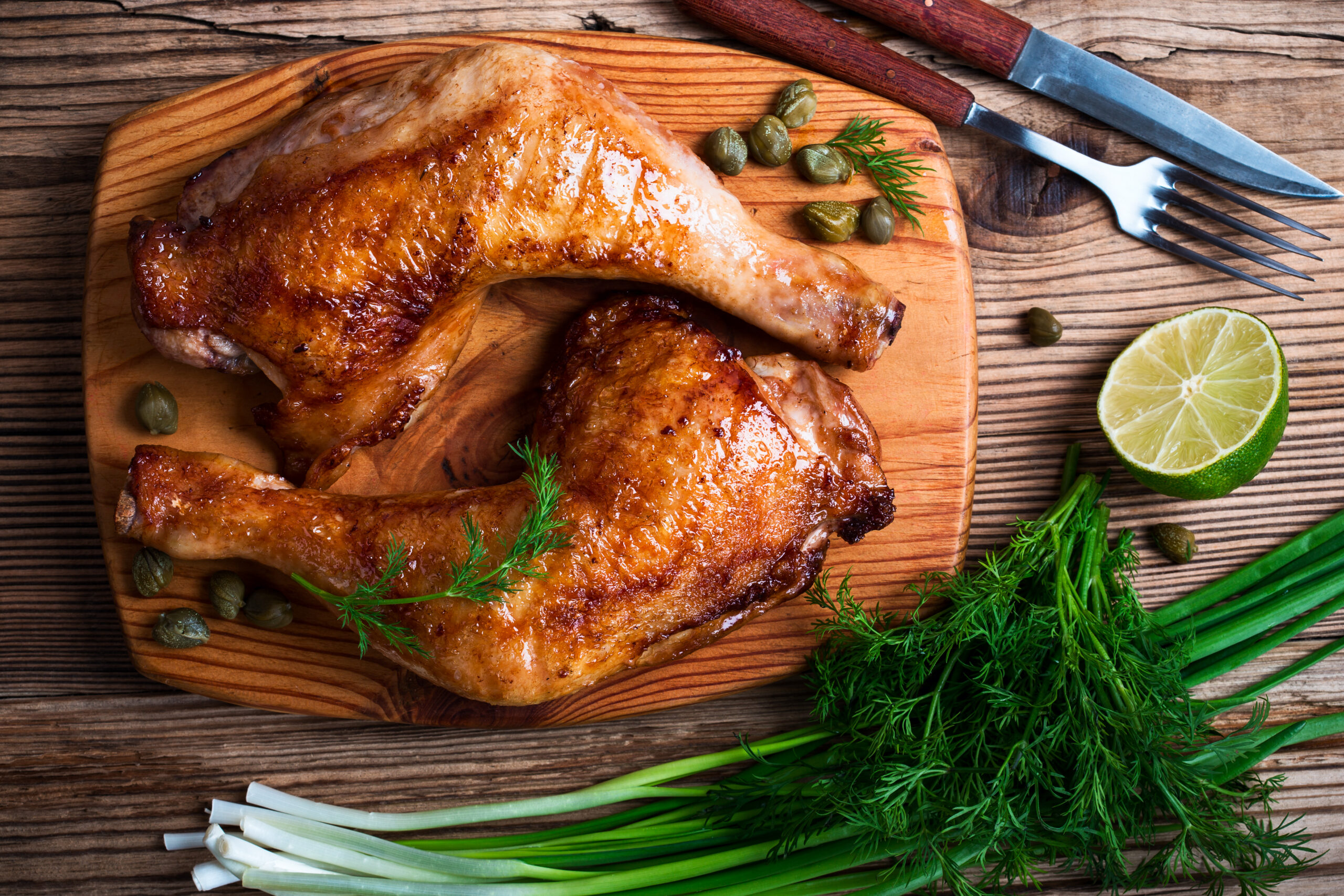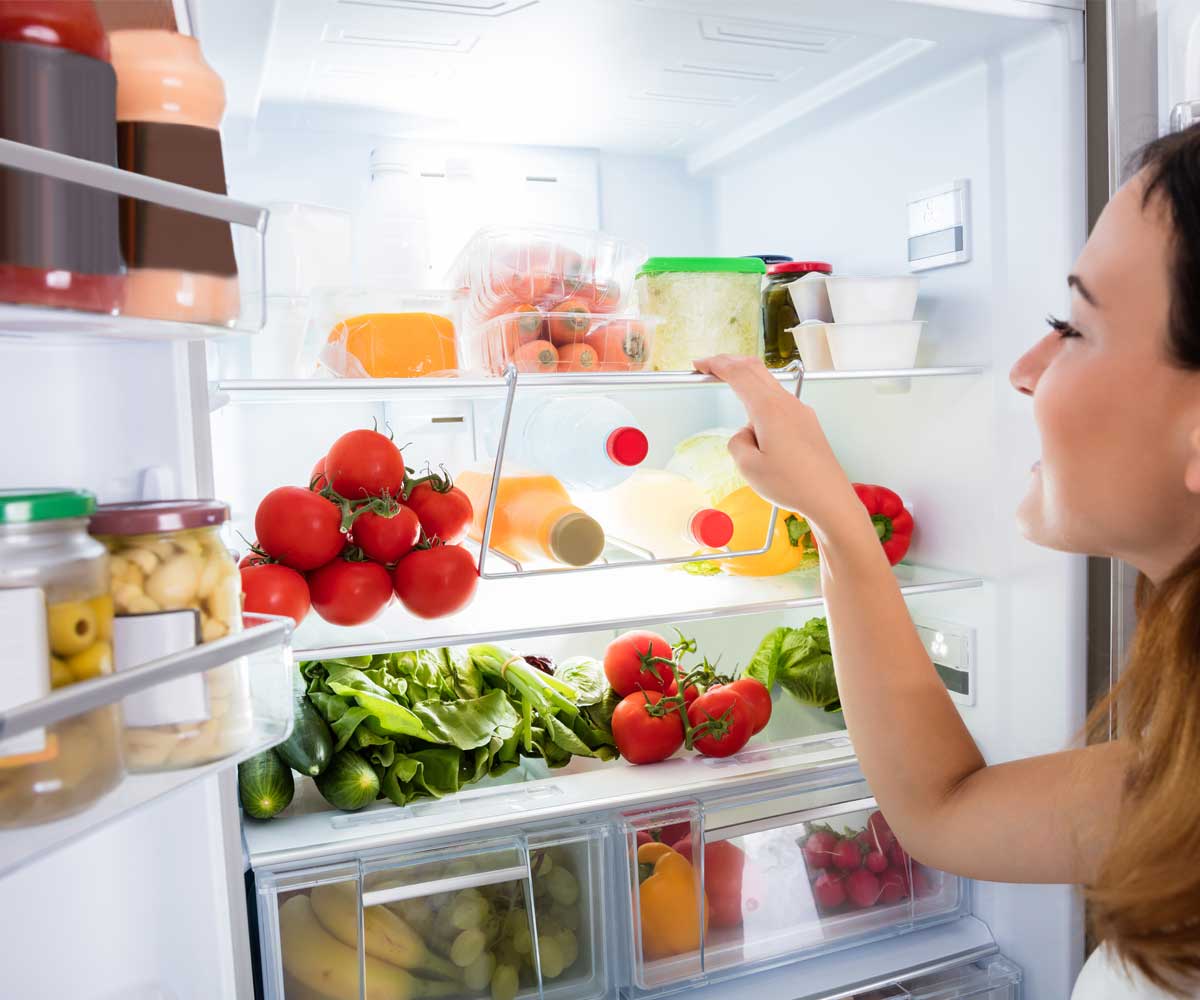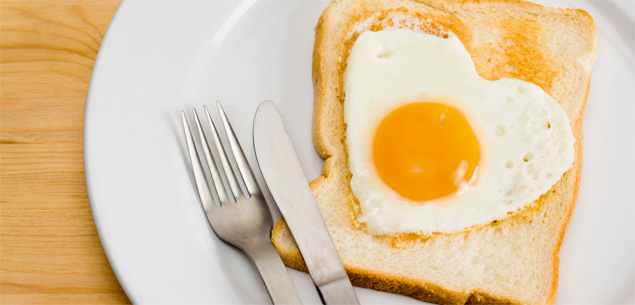Chicken is an affordable, versatile and low-fat source of protein, but if it is not handled, cooked and stored correctly, it can make you sick. Campylobacteriosis – a gastrointestinal infection caused by bacteria called campylobacter (pronounced cam-pile-oh-bactor) – is the most common bacterial food-borne illness in New Zealand, and chicken is one of the prime sources.
In 2006, New Zealand had the highest rate of campylobacteriosis in the developed world, when 15,873 cases were notified (384 per 100,000 people). However, the number of cases dropped significantly over the next two years, after regulation – and self-regulation – of the poultry industry reduced contamination by the bacterium.
The rate continued to decline until 2015, when there were 6218 cases (135 per 100,000 people), but in 2016, it jumped to 7456 (159 per 100,000 people). Most of this increase was due to the drinking water contamination in Hawke’s Bay, which caused 964 cases.
Risk factors for campylobacteriosis include contact with farm animals, sick animals and people who already have the illness. But untreated water and contaminated food are dangers, too.
About 200,000 people a year get food poisoning, half of them in their homes. The Ministry for Primary Industries has a prevention strategy that it calls the three Cs: clean, cook and chill.
Clean: Before you prepare food, and after handling raw meat, ensure you wash your hands, chopping boards, dishes and all utensils in hot soapy water before drying them properly – preferably air dry, not with a towel.
Cook: Make sure all food is cooked thoroughly, especially chicken and mince, until the juices run clear. Reheat food until it is hot – warming it does not kill bacteria. Campylobacter are sensitive to heat and are destroyed within minutes at high temperatures. To ensure you kill all bacteria, cook poultry meat to 75°C – use a meat thermometer in the thickest part – or until juices run clear.
Chill: There’s a temperature danger zone, which is neither cold nor hot. The bacteria that cause food poisoning reproduce rapidly between 5°C – a degree or two warmer than in a domestic fridge – and 60°C. So try to cool foods as quickly as possible if they’re to be refrigerated or frozen for future use.
Unfortunately, we can’t just throw a large roast chicken directly into the fridge as it’s more likely to heat up the other contents than cool down. So, let hot foods cool for 30 minutes or so on the bench – it will lose heat faster in smaller portions – then cover it and store in a refrigerator set to a temperature between 2°C and 5°C.
It’s important never to leave food at room temperature for more than two hours. In summer temperatures, refrigerate sooner rather than later as bacteria multiply more quickly.
It typically takes up to four hours for food-poisoning bacteria to grow to dangerous levels. If the total time between 5°C and 60°C is less than two hours, the food can be used immediately or refrigerated for later use; between two and four hours, the food must be used immediately or thrown out; and more than four hours, don’t eat the food – throw it out.
This article originally appeared on The NZ Listener.


